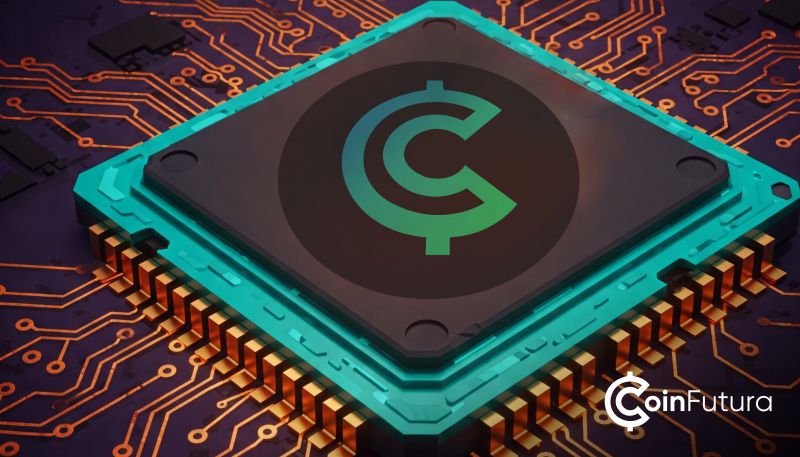- Sonic Labs pivots from USD stablecoins to dirham-backed assets, adapting to the UAE’s favorable regulations.
- Regulatory scrutiny drives Sonic Labs’ shift to a compliant, mathematically bound dirham-based stablecoin.
- UAE’s digital dirham launch in late 2025 sparks new stablecoin strategies from companies like Sonic Labs.
Sonic Labs has abandoned plans for a USD-based algorithmic stablecoin, opting for a dirham-backed alternative in the face of regulatory pressure. The shift is taking place alongside the UAE’s forthcoming digital dirham launch, to be introduced as a central bank digital currency (CBDC) in late 2025.
Sonic Labs Adjusts Strategy Following Regulatory Concerns
According to a post by Andre Cronje on March 28, 2025, Sonic Labs will no longer pursue a USD-based algorithmic stablecoin. Instead, the company plans to release a “mathematically bound numerical Dirham” settled and denominated in USD. This decision came shortly after announcing a high-yield USD stablecoin with an annual percentage rate ranging from 19% to 23%. But Cronje was eager to point out that the new product is not an algorithmic stablecoin.
Cronje’s announcement follows increased regulatory efforts to crack down on algorithmic stablecoins, especially after the 2022 implosion of TerraUSD (UST). The European Union’s MiCA framework places strict limitations on algorithmic stablecoins, and the United States is still driving legislation prohibiting their issuance for two years.
UAE’s Digital Dirham Launch Drives Market Shifts
The UAE’s Central Bank plans to release its blockchain-based digital dirham during the fourth quarter of 2025. Governor Khaled Mohamed Balama elaborated how the CBDC is structured to facilitate financial security, ensure anti-money laundering and combating financing of terrorism, and coexist with physical currency across all payment avenues.
Furthermore, the UAE 2024 regulatory framework includes AED-backed stablecoins, which are payable for goods and services. Sonic Labs’ shift aligns with these favorable conditions for dirham-backed digital assets, as other companies like Tether and Zand Digital Bank explore similar projects.
Sonic Labs’ strategic change demonstrates how firms are moving toward regulatory climates by building assets compliant with local finance policy. The strategy also hints at broader sectoral trends, where stablecoin builders prioritize regulatory compliance and market compatibility over innovation.
In addition, Cronje’s approach uses mathematical principles to maintain the value of the dirham-denominated asset constant, unlike traditional algorithmic systems. Not using algorithmic mechanisms helps Sonic Labs position itself to create a compliant, reliable product well suited to the UAE’s evolving financial system.

